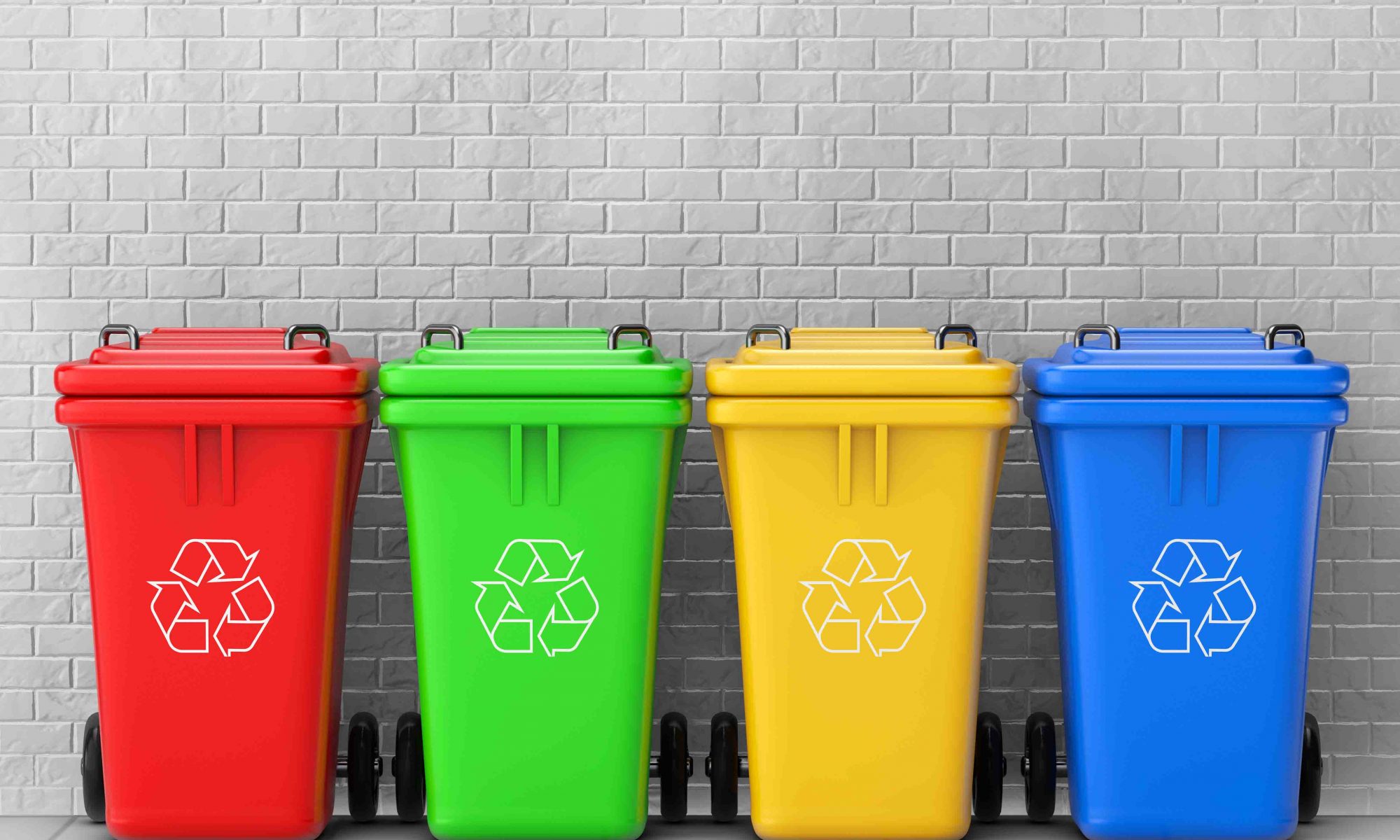BehrTech Blog
Smart Waste Management – What’s in It for Businesses?
While it might not be the first thing that comes to mind when thinking of business overheads, there’s a lot that goes into proper and responsible waste disposal. As companies increasingly look to operate more sustainably, waste reduction has become a common business objective nowadays. But any facility managers would know that traditional waste management practices are far from efficient, given the unoptimized empty schedules and deficient waste insights. Thankfully, as the Internet of Things comes on the scene, this is poised to change.
Smart waste management powered by IoT technology incorporates wireless sensors affixed to garbage containers to measure data including, but not limited to fill level, temperature and humidity. This data is automatically sent to a remote server where it is analyzed and visualized to help improve companies’ waste management decisions.
Why Every Business Needs a Smart Waste Solution
Smart waste management has often been discussed in the municipality context, but its benefits and applicability for enterprises are just as far-reaching. It helps to tackle the same persistent challenge: empty schedules aren’t aligned with the actual demand. With waste production rates varying from one day to another at industrial and commercial facilities, pickup trucks have often arrived just to offload half-full dumpsters. Needless to say, this introduces increased costs and wasted resources, not to mention the amount of carbon emission resulted from redundant truck trips. In other cases, waste containers may already be overfilled before the collection schedule, causing unhygienic conditions.
Wireless IoT sensors can combat these issues by delivering various real-time data on trash receptacles at facility managers’ fingertips. Knowing the current fill level of each container, they can better foresee when one needs to be emptied, as well as understand how much and how quickly each type of waste is being disposed on a daily and seasonal basis. On top of that, temperature and humidity data reveal useful insights into undergoing microbial activities inside individual dumpsters. Having all this information at hand, businesses can optimize the pickup schedule of each waste type for higher efficiency, as well as lower transport costs and environmental footprint. At the same time, they can make informed decisions about the container capacity and location to adapt to the actual demand and avoid unwanted overfills.
While smart waste solutions are often focused on large receptacles, their potential for smaller, dispersed trash bins at large-scale commercial and industrial facilities is no less significant. Trash load data from wireless IoT sensors enables sanitation staff to prioritize collection activities based on real-time demand at discrete building zones. Besides saving labor costs, this ensures up-to-standard sanitation is maintained across the property for improved employee and visitor satisfaction.
Accelerate Return-on-Investment with Next-Gen IoT Connectivity
Before the advent of IoT, there had been little innovation in enterprise waste management, simply because the cost-benefit equation couldn’t be justified. Due to the absence of a feasible connectivity option, capital and operational expenses of such a solution could easily outweigh the values to be derived. For this reason, the use of M2M communications used to be limited to electronic devices and high-value, mission-critical assets only.
Today, in tandem with sensor advancements for reduced costs and enhanced precision, new IoT connectivity like Low Power Wide Area Networks (LPWAN) is paving the way to a robust and highly affordable wireless infrastructure to connect distributed assets on an unprecedented scale. The power- and cost-optimized design of LPWAN makes it ideal for low-value items like trash bins and dumpsters to unlock insights that were formerly unattainable because of cost constraints. More importantly, a truly versatile LPWAN technology allows companies to make the most out of their IoT architecture by addressing a wide range of use cases concurrently. Rather than delivering a single, standalone network for waste management, such a solution can seamlessly scale with the demand for connected devices to incorporate numerous smart building applications into a unified wireless infrastructure. This way, businesses can drastically cut down on upfront investment and benefit from an integrated building management approach to accelerate Return-on-Investment.
To wrap it up, while smart waste solutions have mostly been associated with the smart city framework, its value for private stakeholders are equally substantial. With innovative IoT technologies, businesses can capitalize on effective waste management to elevate efficient and sustainable facility operations without spending a fortune.


